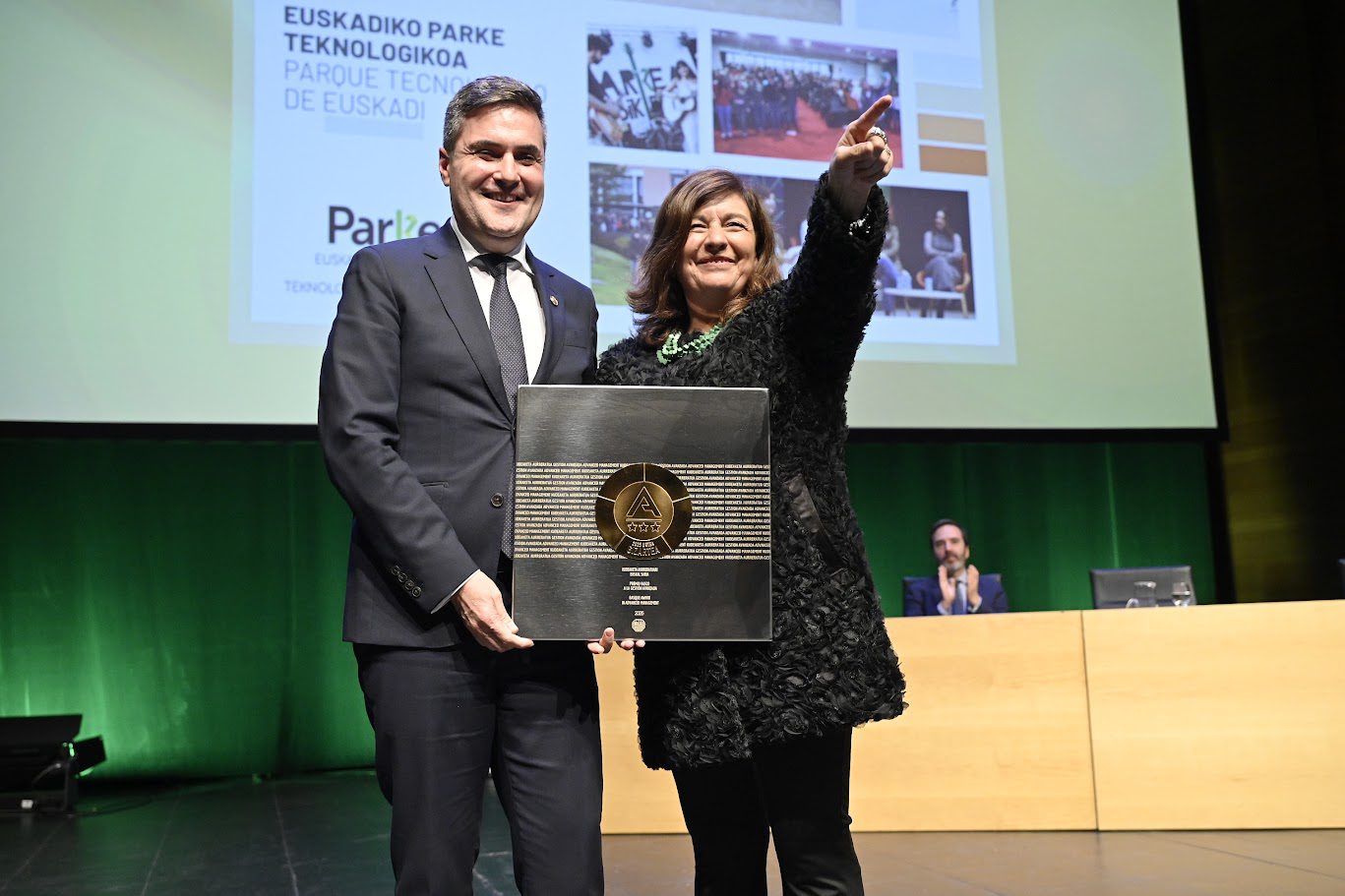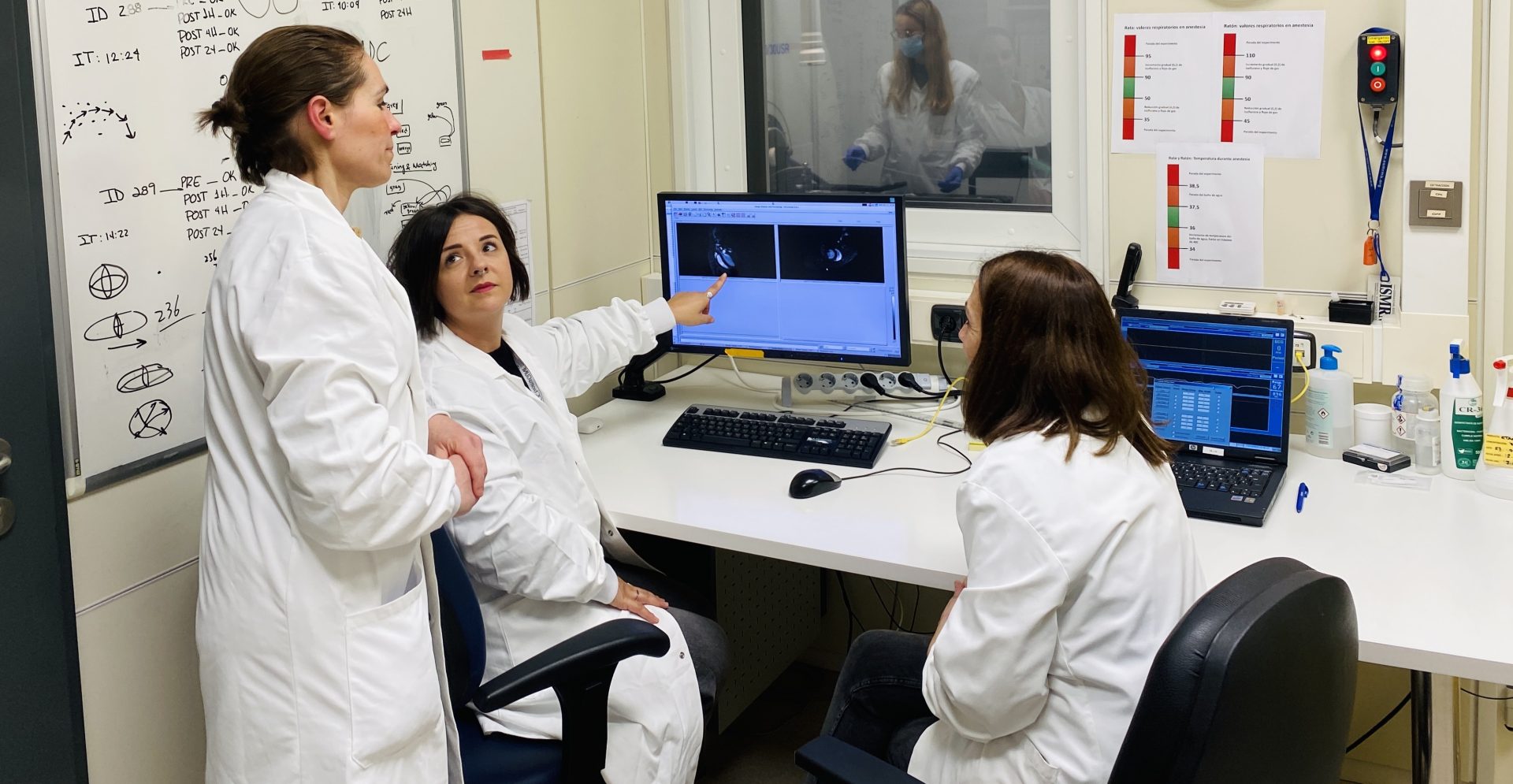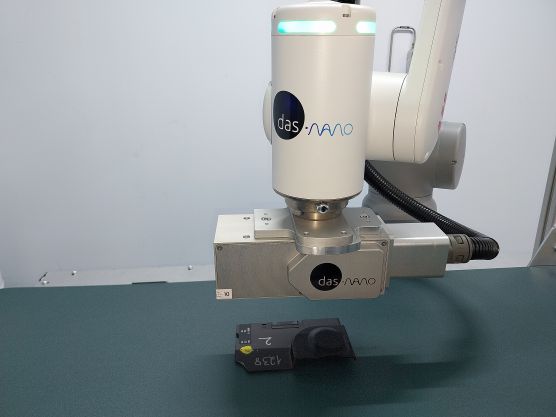ARRAKIHS begins research at the Javalambre Astrophysical Observatory
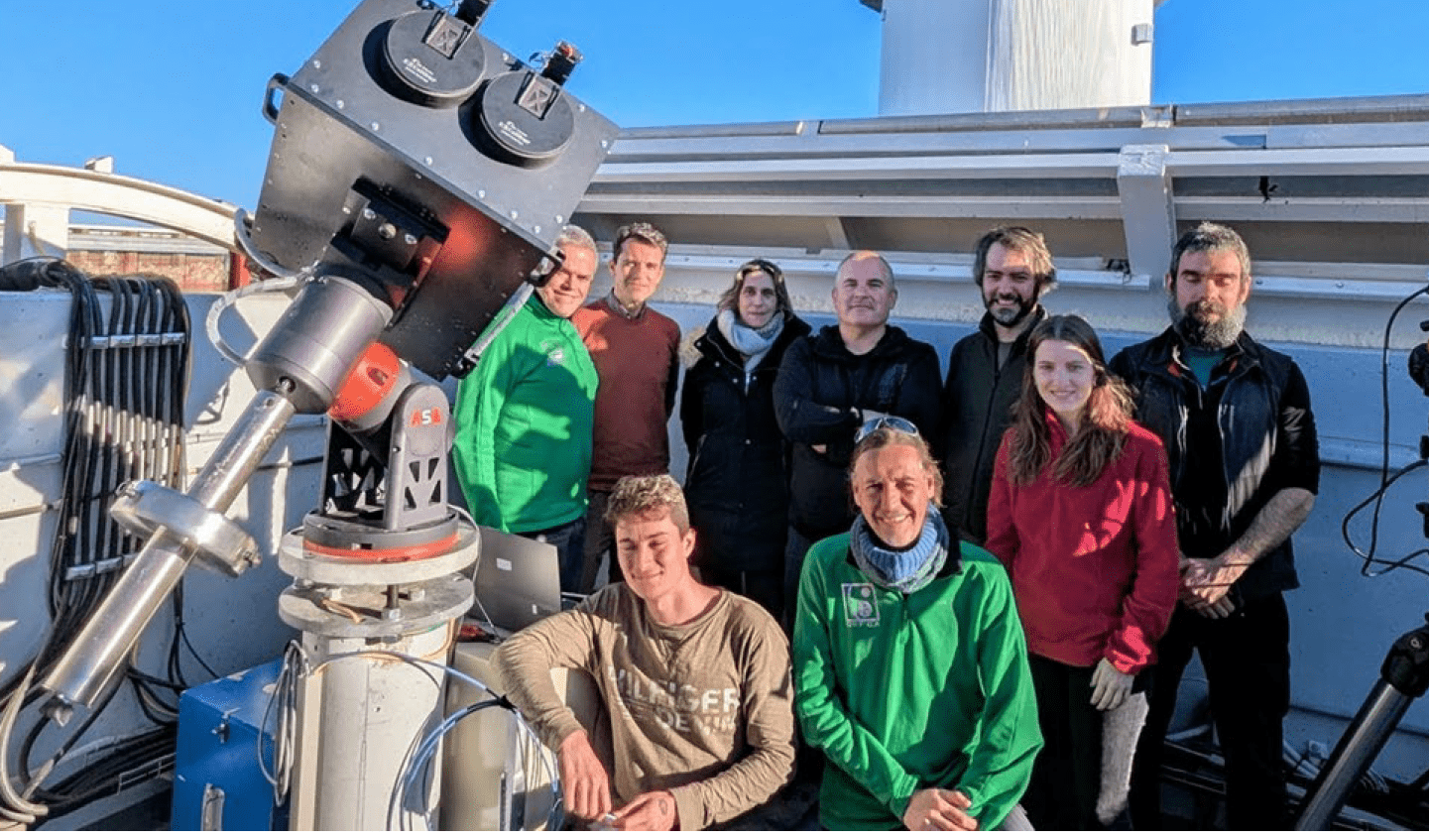
The European Space Agency (ESA) mission, led by Spain, will provide key information on the behaviour of dark matter.
The ARRAKIHS space mission selected by the European Space Agency (ESA) and led by Spain is starting its scientific preparation period at the Javalambre Astrophysical Observatory (OAJ), in the province of Teruel. This milestone is a fundamental step towards the launch of the mission planned for 2030, which will study the formation process of galaxies such as the Milky Way, including the role of dark matter.
The ground-based demonstrator, very similar to the one that will be launched into space, is already in operation at the OAJ. It is an iSIM-170 binocular camera built by the Basque company Satlantis, and acquired by the Instituto de Física de Cantabria (IFCA, CSIC-UC). This camera consists of two telescopes, plus a multi-band imager, capable of observing in both the visible and near-infrared spectra. It is fully adapted to operate on solid ground, thus achieving a high level of detail of the observed galaxies.
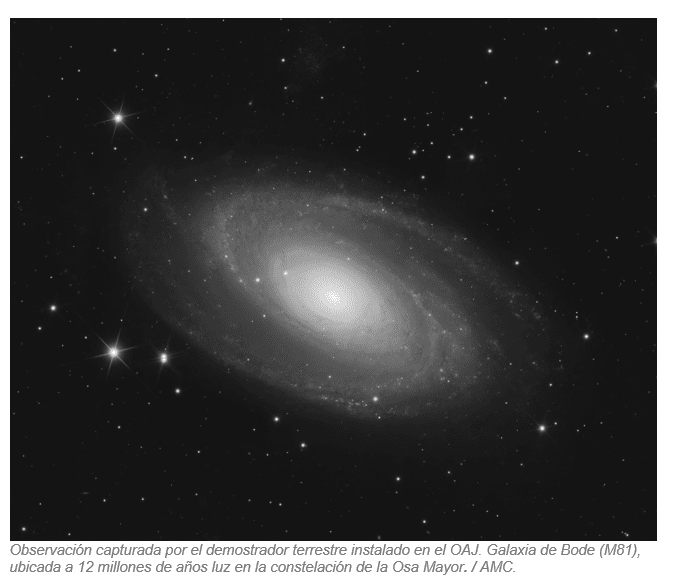
On the one hand, the performance of the demonstrator will be tested with real data, i.e. whether it achieves the required image depth and quality. It will also allow testing and validation of observation and data analysis strategies, in order to optimise these mission parameters prior to launch.
‘The aim is to be as prepared as possible for the launch and, at the same time, to reduce any uncertainty,’ says Antonio Marín-Franch, researcher in charge of the OAJ and member of the ARRAKIHS Core Team. ‘It will allow us to perform a feasibility study of some critical aspects of the mission,’ says Marín-Franch.
The mission that explores the invisible
ARRAKIHS (Analysis of Resolved Remnants of Accreted galaxies as a Key Instrument for Halo Surveys) aims to deepen our understanding of dark matter and galaxy formation, with a special interest in the Milky Way.
Over three years it will observe more than seventy galaxies in the near environment similar to our own, in visible and infrared light, on board a minisatellite in low-Earth orbit (650-800 kilometres). This will overcome the challenge of obtaining deep images at such low levels of surface brightness from Earth, due to atmospheric interference.
‘IFCA’s investment in this demonstrator makes our work much easier,’ says Biuse Casaponsa, IFCA researcher and coordinator of the mission’s project office. ‘Being able to test the instrument in real conditions like those of the OAJ is key to prepare ourselves with guarantees.’
SATLANTIS
Satlantis, a company located on the Leioa Campus of the Basque Country Technology Park, leads the business part of the ARRAKIHS Mission Consortium (AMC), which includes technology companies from all over Europe. The consortium is also made up of universities and research centres with scientists and engineers from different European countries (Spain, Austria, Belgium, Portugal, Norway, United Kingdom, Sweden and Switzerland).
